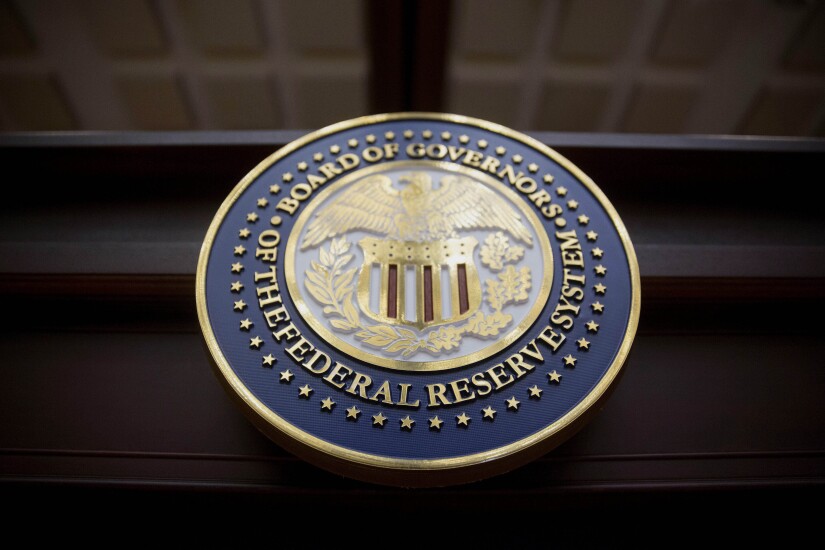Table of Contents
Introduction
In 2025, Americans are experiencing a financial shift that hasn’t occurred in years. Interest rates are finally coming down. After over a decade of historic highs and inflation anxieties, the Federal Reserve is easing rates to stimulate economic growth. This move changes everything for families, investors, and business owners: from the cost of buying a home to where you stash your savings.
But what exactly is driving this trend? And, more importantly, how do these changes impact your everyday financial decisions? Let’s break down why interest rates are falling, what this means for you, and how to seize opportunities in this new monetary environment.
Why Are Interest Rates Falling in 2025?
1. Economic Growth is Slowing
2025 has brought signs of cooling economic growth. Lingering effects from previous inflation and global market pressures have tempered the pace of business expansion. To counter this, the Federal Reserve began lowering interest rates, hoping to spark more borrowing and investment across the economy.
2. Inflation Pressures are Easing
After a turbulent few years, inflation is finally moving closer to the Fed’s long-term target of 2%. With prices stabilizing, the urgency for high interest rates is dissipating, giving policymakers room to lower rates and support growth.
3. Global Trends Are Amplifying The Shift
It’s not just the US central banks; globally are also reducing rates. This worldwide easing amplifies the effects, as international capital seeks out opportunities and economic momentum.
How Do Falling Interest Rates Affect Americans?
1. More Affordable Borrowing
Mortgage rates dropped below 6% in late 2024 and are inching even lower. That means whether you’re buying a home, refinancing, or thinking about a new car or business loan, your costs are decreasing. For many Americans especially first-time buyers, this opens doors that may have seemed closed just months ago.
2. A Surge in Refinancing and Homebuying
With mortgage rates descending, refinance applications are surging. Existing homeowners can save thousands over the life of their loan. Aspiring homebuyers are discovering lower monthly payments, helping more people break into the housing market.
3. Consumer Debt Is Rising
While cheaper loans are good news for borrowers, America’s total consumer debt hit a record $17.7 trillion in 2024. Lower interest rates may encourage even more borrowing. It’s important to weigh opportunities against the risk of accumulating too much debt.
4. New Challenges for Savers and Retirees
Lower rates mean returns on bank deposits and CDs are shrinking again. This can make it harder for retirees and conservative savers to maintain their income. The shift often pushes savers into alternative investments like equities, ETFs, or real estate, searching for better yields.
How Are Investors Reacting in 2025?
- Shift Toward Private Credit and Asset-Backed Finance: As traditional bond yields drop, investors are moving money into private credit funds and asset-backed securities to chase higher returns.
- Increased M&A and IPO Activity: Lower borrowing costs make it easier for businesses to fund expansions or launch initial public offerings, sparking more deals in the financial markets.
- Stock Market Optimism: Falling rates historically boost equities, and 2025 is no exception. Many investors are optimistic about the renewed liquidity in the system.
Tips to Navigate the New Interest Rate Landscape
1. Review High-Rate Loans: If you have a mortgage, auto loan, or personal debt with a high interest rate, now is a great time to shop around for refinancing offers and lock in lower payments.
2. Diversify Your Savings: Don’t let your money lose value in a low-interest savings account. Consider spreading your investments across stock funds, real estate, or diversified portfolios for greater growth potential.
3. Watch for Increased Financial Scams: Digital banking and investing are on the rise, and so are cyber threats. Use robust passwords, enable multifactor authentication, and monitor your accounts closely.
4. Maintain a Healthy Emergency Fund: Economic transitions come with uncertainty. It’s prudent to keep an emergency fund covering 3–6 months of expenses, especially with labor market trends showing signs of weakening.
Frequently Asked Questions
Q: Will interest rates drop even further in 2025?
A: Most analysts predict at least 2–4 more rate cuts this year if inflation remains subdued and economic growth stays slow.
Q: How do lower rates impact the average American’s investments?
A: Lower rates tend to boost stock markets and make borrowing cheaper. However, safe savings accounts yield less, so many shift toward diversified investment strategies.
Q: Are there risks to lower rates?
A: Yes. More borrowing can lead to higher consumer debt. Also, lower savings yields put pressure on retirees or risk-averse individuals.
Conclusion
Falling interest rates in 2025 mark a significant turning point for the US economy, shaping decisions for households and investors alike. By understanding these shifts and acting strategically, whether by refinancing debt, updating your investment mix, or safeguarding your digital finances, you can turn today’s trends to your advantage. Stay informed and proactive to make the most of America’s changing financial landscape.
